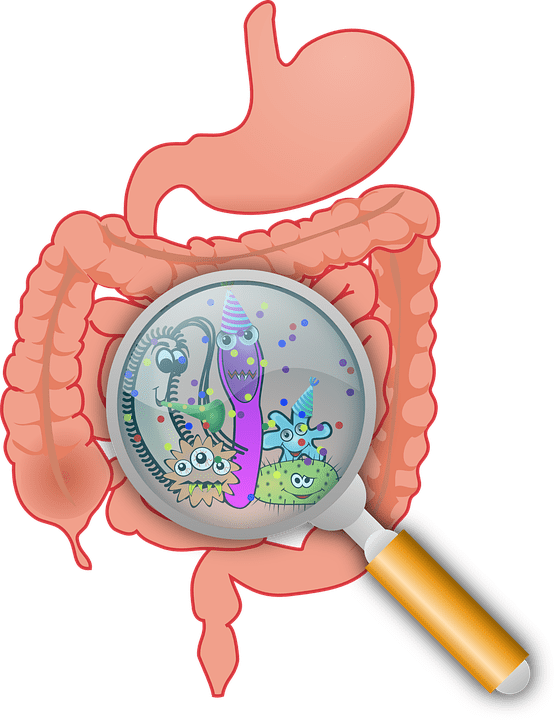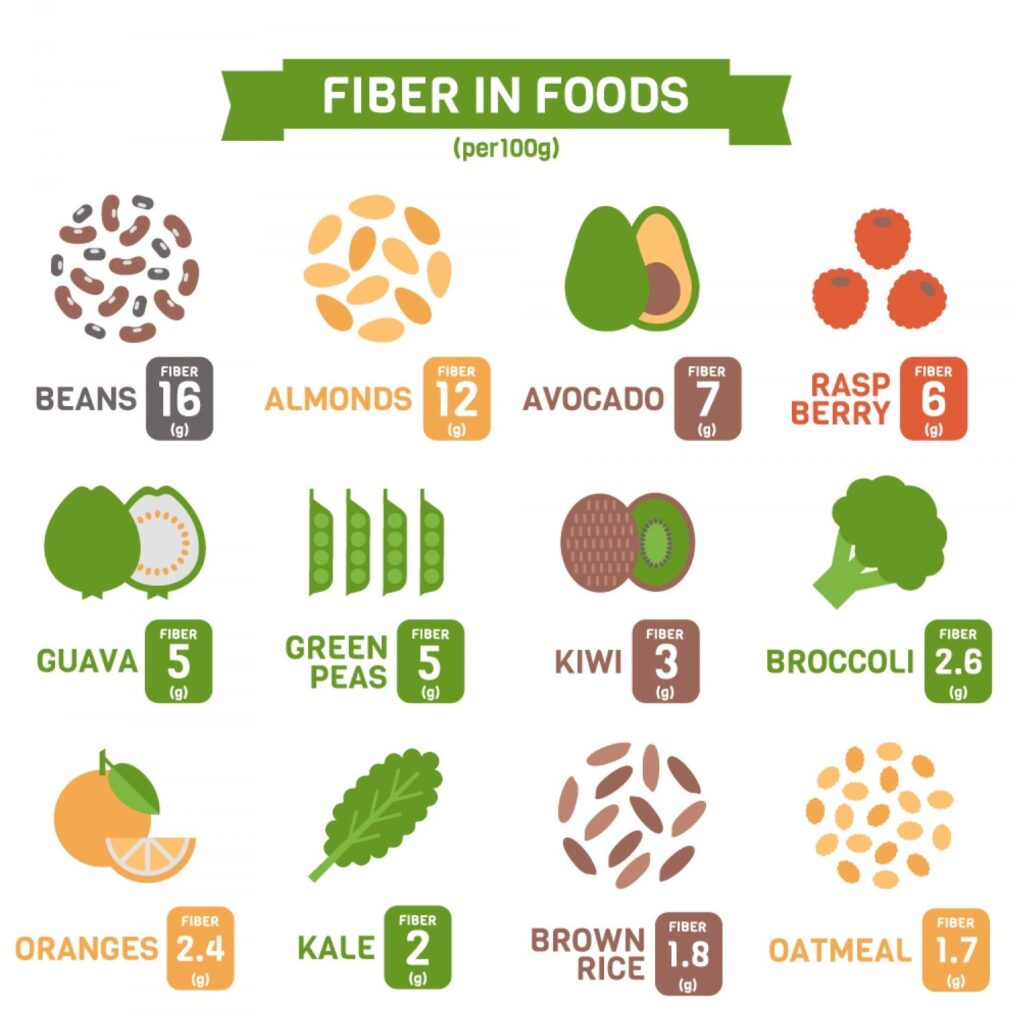Fiber is one of the most important components of fat loss. But it’s also one of the most overlooked. In recent years, there has been some eye-opening research on gut microbes and their interaction with fiber and fat loss, which we’ll explore next. But that’s not even close to the whole story. Fiber has several benefits to digestion and body fat maintenance which, in turn, have addition and very significant health effects. Let’s explore fiber and fat loss.
GUT CHECK
They live deep inside us. Right now, there are tens of trillions of them in your intestines, thousands of different species. If this sounds like an alien apocalypse, chill. Gut microbes are crucial for your health. They help digest food and boost your immune system. And, increasingly, science is learning their role in limiting body fat. What those bacterial armies do or don’t do in your guts is a factor in whether or not you have a gut.

Research is illuminating the role of our gut microbiome on body fat accumulation. One study looked at the data of 300,000 children, and determined that those who had been given antibiotics as infants had a 26% greater chance of developing obesity. Such drugs kill bacteria indiscriminately, including in the digestive system. Antacids also increased the obesity odds, though to a lesser degree, and combining antibiotics and antacids created the greatest risk of all.
In another study, researchers analyzed the bacteria in stool samples of 1760 female twins and surveyed self-reported diet questionnaires. They concluded that gut bacteria and diet both affect visceral fat gains. Furthermore, specific gut microbes may limit fat-gaining regardless of diet, and increasing those microbes could reduce body fat.
Fecal transplantation (bacteriotherapy) is already a treatment for colitis, and recent and ongoing trials are investigating its efficacy for fat loss.
But let’s go to the other end of the digestive tract—your mouth. The best way today of maintaining healthy, hard-working gut microbes is to feed them what they crave: fiber. In another study, mice fed a high-fat diet and no fermentable fiber plumped up fast, but adding a fiber supplement to the same diet dramatically reduced their plumping.
FIBER BENEFITS
◼️ Fiber feeds the gut microbes that limit fat-gaining and reduce body fat.
◼️ Fiber will also slow the absorption of sugar and fat from food, helping you to maintain low glucose levels that are crucial for body fat management and overall health, including reduced risk of type 2 diabetes and heart disease.
◼️ By helping waste move more quickly through your gut and out the other side, fiber keeps you healthier. That’s because you more quickly eliminate unhealthy things, including saturated and trans fats, mercury, and pesticides. This, in turn, reduces the risks of increased body fat and colon cancer. Fiber is a natural detox.
◼️ As an additional weight-loss benefit, fiber makes you feel fuller, which is helpful if you’re reducing calories on a diet.
HIGH FIBER FOODS
You can take a fiber supplement, and you may need to if you’re on an ultra-low-carb diet, but most people just need to make a concerted effort to eat more fibrous, natural foods.
The Institute of Medicine recommends women consume at least 38 grams of fiber daily (30 grams if age 50+) and men 25 grams (20 grams if age 50+). Americans, in our over-processed era, only take in about 15 grams per day. Even a lot of healthy eaters skip over the fiber listings on labels.
Don’t skip the fiber listing. Unprocessed or less-processed, natural, and whole grain is the way to go. For example, choose whole grain breads and pasta over the white versions. And don’t trust “high fiber” claims. Read the “Nutrition Facts” label instead. For example, Kellogg’s All Bran Complete Wheat Flakes boasts on the front of every box about its 6 g. of fiber, which is a decent total, but it’s balanced in a bad way by its 7 g. of sugar. In contrast, another whole wheat bran breakfast cereal, Fiber One, has a whopping 18 g. of fiber and 0 g. of sugar! No contest.
The chart below is a guide to some fibrous foods, some with good stats (brown rice), some with great stats (almonds).

FIBER AND FAT LOSS: BOTTOM LINE
Eat beans, lentils, nuts, seeds, whole grains, vegetables, and fruits. Keep your gut bacteria happy, and they’ll help keep your abs visible.
See also: Where Does Fat Go When You Lose Weight?

















































